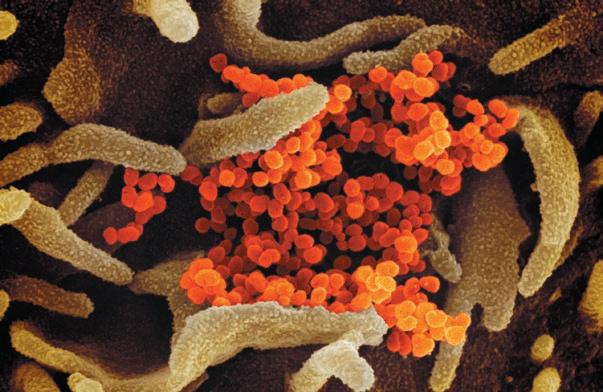
2 minute read
The public lab that could have helped
n Linda McQuaig The public lab that could have helped fight to control coronovirus pandemic

Advertisement
Canada once had a publicly owned pharmaceutical company that could have made a difference in the current coronavirus crisis – except that we sold it.
Connaught Labs was a superstar in global medicine. For seven decades, this publicly owned Canadian company performed brilliantly on the national and international stage, contributing to medical breakthroughs and developing affordable treatments and vaccines for deadly diseases. Hated by its corporate competitors, Connaught was unique in that its focus was on human need, not profit.
It would have come in handy today.
In fact, Connaught got its start amid a diphtheria outbreak in 1913. Toronto doctor John Gerald FitzGerald was outraged that children were dying in large numbers even though there was a diphtheria treatment available from a US manufacturer. But, at $25 a dose, it was unaffordable to all but the rich. FitzGerald set out to change that – and he did. After experimenting on a horse in a downtown Toronto stable, FitzGerald developed an antitoxin that proved effective in treating diphtheria, and made it available to public health outlets across the country. Then, with lab space provided by the University of Toronto, he and his team went on to produce lowcost treatments and vaccines for other common killers, including tetanus, typhoid and meningitis. Connaught developed an impressive research capacity, with its scientists contributing to some of the biggest medical breakthroughs of the 20th-century – including penicillin and the Salk and Sabin polio vaccines. It also played a central role in the global eradication of smallpox.
“It was a pioneer in a lot of ways”, says Colleen Fuller, a research associate of the Canadian Centre for Policy Alternatives. “It did things commercial companies wouldn’t do because they weren’t willing to take the financial risks.” Fuller argues that if a publicly owned Connaught were still operating today, it could be contributing to the development of the coronavirus vaccine – and ensuring a Canadian supply if there was a global shortage. Yet, tragically it isn’t. Succumbing to corporate pressure and a misguided belief that This scanning electron microscope image shows SAR S-CoV-2 (orange) – also known as 2019-nCoV, the virus that causes COVID -19 – isolated from a patient in the US, emerging from the surface of cells (green) cultured in the lab.







